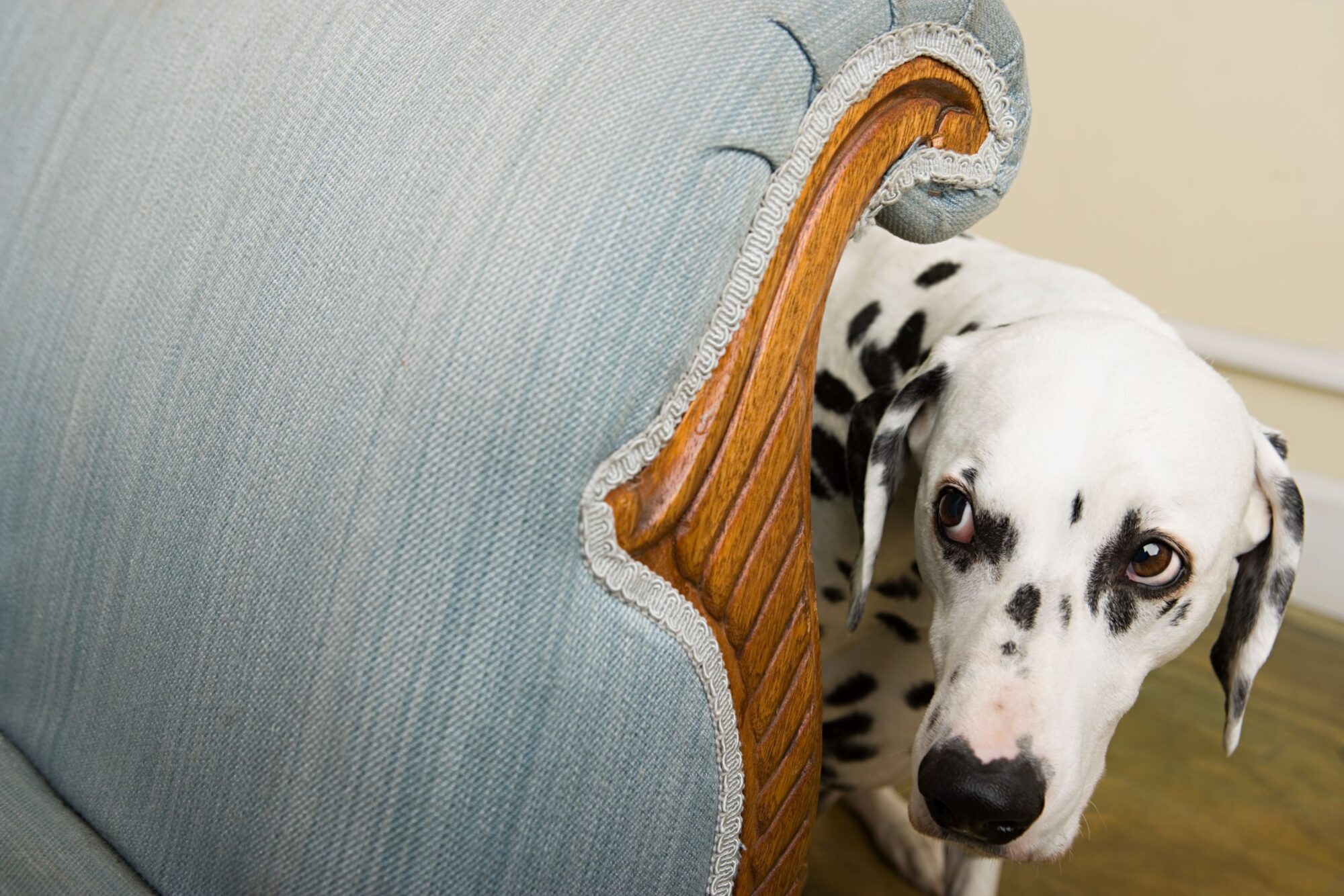






Managing pet anxiety is a crucial aspect of responsible pet ownership. Anxiety in pets can manifest due to various factors, from environmental changes to underlying health issues. Addressing this concern not only improves your pet’s quality of life but also strengthens the bond you share. This comprehensive guide will help you understand the causes, recognize the symptoms, and implement effective strategies for managing pet anxiety.

Pets can experience anxiety for numerous reasons, many of which are similar to triggers in humans. Identifying the root cause is the first step toward providing relief.
Anxiety symptoms can vary across species and individuals. Understanding the signs helps in early detection and effective intervention.
If these symptoms persist, consulting a veterinarian or animal behaviorist is essential.

Managing pet anxiety involves a combination of behavioral training, environmental adjustments, and in some cases, medical intervention. Here’s how to help your anxious pet feel secure and calm.
Provide a designated area in your home where your pet can retreat when feeling stressed. This space should be quiet, comfortable, and away from potential triggers.
Key Features of a Safe Space:
Regular physical activity and mental engagement are vital for reducing anxiety. Activities like interactive toys, puzzle feeders, or training sessions can divert their focus from stressors.

Training can help pets cope with anxiety-inducing situations.
Techniques to Try:
Several products on the market are designed to soothe anxious pets. These include:
If your pet’s anxiety is severe, seeking professional guidance is critical.

Read Also :- Balanced Pet Diet: The Ultimate Guide to Furry Health
Persian Cat Food Guide: Top Picks and Nutrition Secrets
Top 5 Collars for Beagles: Comfort Meets Style
Prevention is often the best approach to managing pet anxiety. Start early by fostering a secure, stimulating, and nurturing environment.
Expose your pet to various people, places, and situations during their formative weeks to build confidence.
Pets thrive on consistency. Maintaining a regular schedule for feeding, walks, and playtime helps reduce uncertainty.
Reward calm and desirable behavior with treats, affection, or play. Avoid punishing anxious behaviors, as it can worsen the problem.
While mild anxiety can often be managed at home, severe cases may require professional intervention. If your pet shows signs of self-harm, aggression, or persistent distress, consult a veterinarian immediately.
Managing pet anxiety is a multifaceted process that requires patience, understanding, and the right strategies. By identifying the causes, recognizing the symptoms, and implementing effective solutions, you can create a safe and comforting environment for your pet. Whether it’s through behavioral training, calming products, or professional guidance, taking proactive steps will ensure your furry friend leads a happy, stress-free life.
Create a safe space, use calming products like vests or sprays, and play soothing music to mask the noise.
While it may not always be cured, proper management can significantly reduce anxiety levels.
Many are safe, but always consult your vet before introducing supplements to your pet’s diet.
Stress is a short-term reaction to a specific event, while anxiety is a prolonged state of unease.
If symptoms persist despite intervention or escalate to self-harm or aggression, seek veterinary advice.




